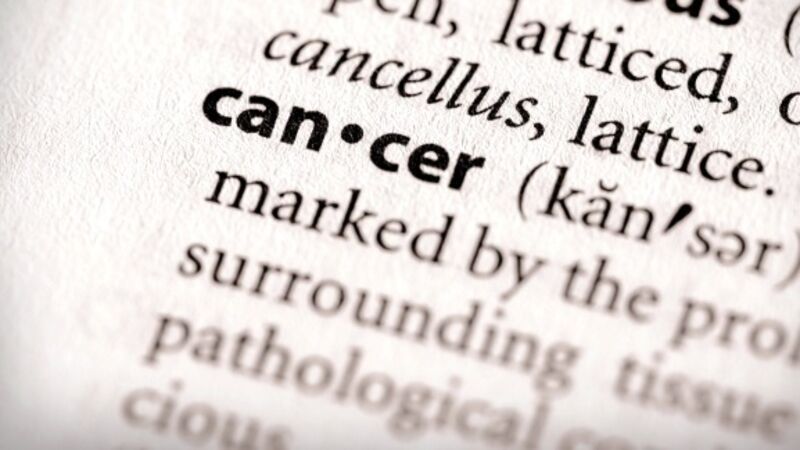Decline in top three male cancers as lung cancer rates continue to rise among women

These three cancers are the most common in Irish men and from 1994 until now, the likelihood of developing them had been increasing steadily.
However the research, completed by analysing data over 21 years, also shows lung cancer rates amongst women continue to rise “significantly”. Lung cancer is now the second most common cancer in Irish women, says the National Cancer Registry 1994-2014.












